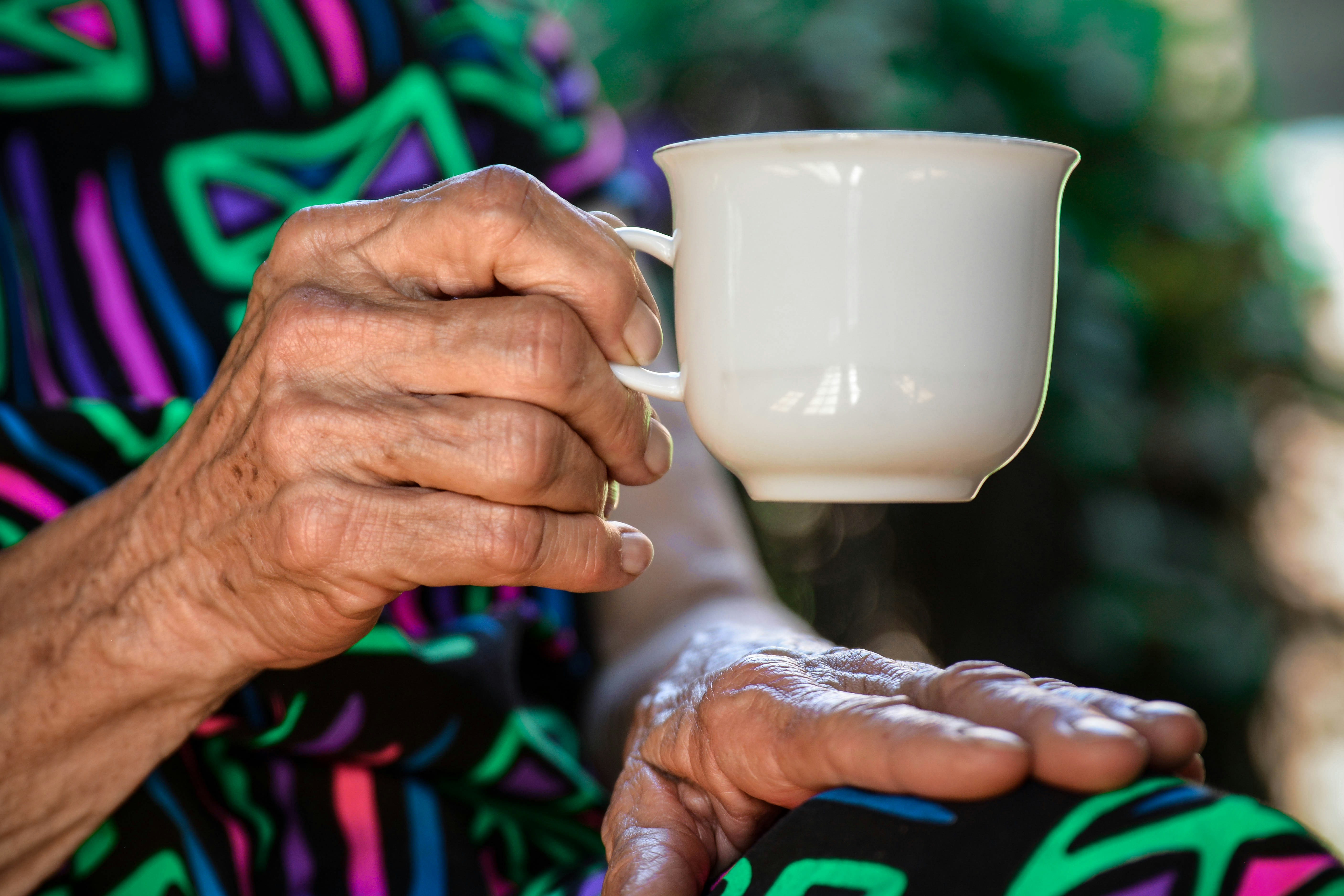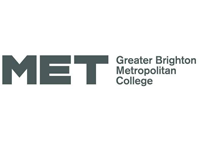
Dehydration is one of the most preventable yet overlooked health risks for older adults in care homes. It’s linked to higher hospital admissions, increased risk of infections, and even cognitive decline.
At Cactus Water Systems, we’ve explored the research and examined the sector to understand the challenges and opportunities around hydration in care. This article brings together the insights we hope you’ll find useful, from the causes of dehydration in older adults, to practical strategies care teams are already using to make drinking water easier and more appealing.
We’ll also look at the role equipment can play, including how the right water system can support resident wellbeing without adding to staff workload.
Common barriers to hydration in care homes
Even with hydration processes in place, care staff face practical challenges in getting residents to drink enough water:
Limited mobility: If a resident struggles to get up or navigate to a drinks station, they may simply go without.
Forgetfulness or cognitive impairment: People with dementia may not remember to drink or even recognise thirst. They may also forget how to operate taps or open bottles.
Access and autonomy: Sometimes water isn’t easily available or it’s served at the wrong temperature, in an unfamiliar cup, or at inconvenient times.
How care homes can improve hydration for seniors
Supporting hydration in care facilities requires a thoughtful, tailored approach that fits each resident’s needs, routines, and preferences. Here are some practical, resident-friendly strategies to help make hydration a daily success:
1. Offer drinks little and often, not just at mealtimes
Rather than relying on breakfast, lunch, and dinner to meet fluid needs, build hydration into every part of the day. Offer drinks during personal care routines (e.g. after brushing teeth), activity sessions, and quiet times like reading or watching TV.
Small, frequent sips are often more manageable, especially for residents who are reluctant or have reduced appetite.
Tip: Try setting a gentle routine. For example, a drink first thing in the morning, mid-morning, with meals, mid-afternoon, and before bed.
2. Serve moisture-rich foods at meals and as snacks
Not all hydration has to come from drinks. Foods high in water content can contribute significantly to fluid intake and are often more appealing to those with low thirst.
Offer items like:
-
Fresh fruits: watermelon, oranges, grapes, strawberries
-
Vegetables: cucumber, celery, courgette, lettuce
-
Meals like soups, stews, or yoghurt-based dishes
-
Gelatine desserts, smoothies, or fruit pots as easy-to-eat, hydrating snacks
Tip: On warm days, frozen fruit or yoghurt lollies can be both cooling and hydrating.
3. Try flavoured or sparkling options to make water more appealing
Some residents may find plain water uninviting or tasteless. Offering variety can encourage more frequent sipping.
Options to consider:
-
Infused water with lemon, cucumber, mint, or berries
-
Diluted fruit juices or low-sugar cordials
-
Herbal teas served hot or cold
-
Sparkling water for those who enjoy a bit of fizz. We offer a variety of dispensers with sparkling options — explore our models.
Tip: Involve residents in choosing flavours — personal preference makes a big difference.
4. Use cups that are easy to hold, and serve drinks at preferred temperatures
Comfort and dignity matter. The right drinkware can make all the difference for residents with arthritis, tremors, or limited hand strength.
Look for:
-
Lightweight cups with large handles or non-slip grips
-
Lidded beakers or straws if spillages are a concern
-
Insulated cups to keep drinks at the right temperature longer
Also, ask residents if they prefer their drinks warm, room temperature, or cold. They’re more likely to drink what they enjoy.
Tip: Label personal cups clearly if residents have favourites they prefer to use.
5. Make water stations accessible, with seating nearby if needed
Position self-serve hydration stations in high-traffic areas such as lounges, activity rooms or corridors, and make sure they’re clearly visible and easy to use.
Provide:
-
A selection of drinks
-
Clean, easy-to-grab cups
-
A small table and chair nearby for those who need to rest
Tip: Bright signage or themed setups (e.g. “hydration station” or “tea corner”) can draw interest and make the area more inviting.
6. Prompt and encourage regularly, especially for those with memory issues
Residents with dementia or cognitive decline may forget to drink, even when fluids are in front of them. Gentle, respectful prompting can help without feeling intrusive.
Try:
-
Verbal reminders
-
Holding a cup and guiding residents to take a sip
-
Using visual aids like colourful drink icons on daily schedules or activity boards
Tip: In group settings, encourage staff to drink alongside residents. This encourages habit and offers subtle reinforcement.
7. Track water intake discreetly, without making residents feel monitored
Keeping an eye on hydration is essential. But it, of course, should be done in a way that preserves dignity.
Good practices include:
-
Using simple charts or digital logs for staff to record drinks served and finished
-
Coordinating across shifts so patterns are spotted early
-
Watching for non-verbal signs of dehydration (e.g. dry mouth, fatigue, confusion). Although, we’ll explain why this might be more difficult than it seems a bit later one.
Avoid drawing attention to tracking in front of residents, especially those who may feel embarrassed or singled out.
Tip: If needed, involve families. They may notice changes during visits or help reinforce hydration routines.
8. Get to know each resident as an individual
Hydration support is most effective when it’s personal. Every resident has their own preferences, routines and quirks, and understanding these can make a real difference.
Take time to learn:
-
What drinks they enjoy (and which they dislike)
-
When they naturally tend to drink — some may prefer tea mid-morning, others may only accept drinks with meals or snacks
-
Their mood patterns — some may be more open to encouragement at certain times of day
-
Physical or emotional barriers — such as pride, anxiety, or sensory sensitivity
Tip: Build these insights into care plans and handovers so the whole team can support hydration in a consistent, respectful way.
It’s not just the elderly that should drink plenty of water - 5 ways to help you drink more water
Choosing the right water dispenser for a care home
A modern water dispenser in a care facility can be a powerful tool for improving hydration and promoting independence.
Key features to look for:
-
Simple operation: Push-button or touch-free models are easier for those with arthritis or cognitive impairments.
-
Hot, chilled, or ambient options: Offer variety to suit individual preferences.
-
Hygienic design: Look for units with antimicrobial surfaces or hands-free operation.
-
Visually appealing and well-placed: People drink more when water is easy to spot and inviting.
-
Low-maintenance: Opt for dispensers with auto-clean or filter replacement reminders.
-
Compact or wall-mounted options: Ideal for smaller care homes where space is at a premium.
We understand that there’s a lot to consider when selecting a water dispenser for your premises, so at Cactus, we organise our products by application: See our range of water solutions well suited to healthcare environments.
The business case for better hydration in care facilities
Healthier residents aren’t just happier — they also reduce the strain on staff and lower the risk of preventable incidents.
Benefits include:
-
Fewer falls and hospital transfers
-
Better cognitive function and mood
-
Enhanced quality ratings during inspections
-
Stronger reputation among families and regulators
In short: investing in hydration is investing in care quality.
If you're looking to improve how your care home supports residents' hydration, we’re here to help. Explore our range of water dispensers designed with care settings in mind, or get in touch with Cactus Water Systems to discuss what might work best for your team and residents.
Why dehydration is so common in older adults
As we age, risk factors naturally increase for a variety of conditions, from arthritis and high blood pressure to cataracts and hearing loss. But dehydration, while lesser discussed, is also far more common in seniors, and here’s why:
Reduced thirst sensation
As people age, the brain becomes less responsive to thirst signals. It may seem strange, but elderly people often don’t feel all that thirsty, even when already dehydrated1.
One reason older adults may not feel thirsty, when dehydrated, is that they have a reduced physiological response to rising plasma osmolality — the concentration of dissolved particles (like sodium) in the blood2.
In simple terms, the brain usually detects when the blood is getting "thicker" or more concentrated (a key sign of dehydration) and sends a signal that makes us feel thirsty. But as we get older, that signal becomes weaker or slower.
There’s evidence to suggest that this is because the gap between baseline osmolality and thirst sensation is fixed.
During the aging process, our baseline naturally rises due to higher protein concentration and changes in blood vessel structure. As this happens, it also raises the point at which the body signals thirst, meaning we feel thirsty later than we should3.
Health conditions and medication
Kidney function declines with age, and many older adults take medications that increase fluid loss (e.g. diuretics). This lowered fluid retention means the body needs to be replenished more often. However, due to the above-mentioned reduced thirst sensation in the elderly, it’s more likely that fluid intake decreases over time.
Conditions like dementia, diabetes, or urinary incontinence can also discourage drinking:
Dementia
People with dementia often experience memory loss, confusion, and difficulty recognising everyday items or their purpose. This can lead to:
- Forgetting to drink altogether, even if water is right in front of them.
- Not recognising thirst signals or being unable to communicate them.
- Confusion about drinking vessels, such as not understanding how to use a cup or glass.
- Suspicion or fear of fluids, in more advanced stages.
As a result, reliance on staff prompts and accessible, familiar drinking routines becomes essential.
Diabetes
Older adults with diabetes face multiple hydration challenges:
- High blood sugar causes increased urination, which can lead to faster fluid loss.
- Some may deliberately limit fluid intake to reduce trips to the toilet, especially if mobility is an issue.
- Fear of worsening incontinence or night-time bathroom trips may also discourage regular drinking.
Managing hydration in people with diabetes often requires careful balancing, ideally under medical or dietetic guidance.
Urinary incontinence
This is one of the most common and misunderstood barriers to hydration in older adults.
- Many residents will intentionally avoid drinking, especially in the afternoon or evening, to prevent accidents or reduce the need for assisted bathroom trips.
- There can also be emotional factors, such as embarrassment, anxiety, or fear of losing independence, that lead to self-restriction of fluids.
Surprisingly, drinking too little can worsen incontinence by concentrating urine and irritating the bladder lining.
Difficulty identifying signs of dehydration
There are several tell-tale signs of dehydration in younger people, but unfortunately, it becomes harder to identify the older we get.
The usual methods, such as checking urine colour, don’t apply to the elderly4.
With age, kidneys become less efficient at concentrating urine. This means urine colour isn’t always a reliable hydration marker. It may remain pale even if the person is mildly dehydrated, or appear dark for other unrelated reasons (e.g. medications or dietary factors).
Many older adults take also medications that can alter fluid balance and mimic or mask dehydration symptoms like dry skin or fatigue.
What’s more, signs of dehydration, such as confusion, dizziness, or low blood pressure, can be easily mistaken for dementia, infection, or general frailty. This makes dehydration harder to detect and sometimes slower to treat.
Why the effects of dehydration are more severe in the elderly
Not only is hydration more common in the elderly; the impact can be more severe because the body has less “reserve” to compensate for even small changes in hydration.
Here’s what can happen and why:
- Body water content decreases with age, so fluid losses have a greater impact.
- Blood pressure and circulation can be more sensitive, leading to dizziness and fainting.
- The brain is more vulnerable to fluid imbalances, which can cause confusion or delirium.
- Immune response weakens with age, making infections like UTIs more likely.
- Slower digestive motility means dehydration can easily lead to constipation.
Because older bodies recover more slowly, a mild case of dehydration can escalate quickly into a more serious issue — potentially increasing rates of hospitalisation in your care facility.
Read more: What dehydration does to your body
How much water should elderly people drink daily?
There’s no one-size-fits-all answer when it comes to hydration for seniors. While general guidelines exist, fluid needs can vary significantly based on a person’s health, medication, activity level, and the weather.
For a rough benchmark, the National Academy of Medicine suggests:
-
Men aged 51+: around 13 cups (about 3 litres) of total fluids per day
-
Women aged 51+: around 9 cups (just over 2 litres) per day
This includes water from all sources. Not just drinking water, but also tea, soup, and even fruit and vegetables.
Some people use the “one-third of your body weight in ounces” rule, which can work as a general estimate. But personalisation is key.
Older adults with health conditions like heart disease, kidney issues, or diabetes may need more or less water, and some may have fluid restrictions advised by a doctor.
Hydration shouldn’t be hard work
Care homes face enough challenges without dehydration adding to the load. By understanding the risks, addressing barriers, and choosing the right dispenser setup, you can make hydration easier for residents and staff.
If you’re reviewing your hydration strategy or wondering what water system works best for your care setting, we’re happy to help. Contact Cactus Water Systems for advice.












